Posts feature partner companies & may be sponsored. Post contains affiliate links & I will be compensated if you make a purchase after clicking on links. As an Amazon Associate I earn from qualifying purchases.
Last Updated on February 22, 2019 by Diane Hoffmaster
I am so excited that it is almost time to start planting a spring garden! Living in the south means that I have 3 seasons to plant my crops, however spring is my favorite one of all. What can you plant in spring? Every plant has a season and you need to know which plants will do best in the climate you live in. While some of you might still have snow on the ground, you need to start planning ahead. Which spring garden vegetables should you plant? Here are a few of my favorites!
Table of Contents
Essential Gardening Supplies
Before you start your spring garden, make sure you have the right gardening tools. Here are a few essential gardening supplies I keep in my garage.
- Gardening Gloves: If you want to prevent calluses and blisters, gardening gloves should be at the top of your list for gardening supplies.
- Garden Trowel: A garden trowel is a small, hand held shovel. It is usually long and slightly narrow to allow for digging holes.
- Garden Fork: Buy a 3 pronged garden fork . It is very helpful in weeding between rows of plants and aerating soil around an existing plant.
- Flexible Hose and/or watering can: Make sure you get a flexible garden hose that is long enough to reach to your farthest garden bed. You may want to invest in a good watering can with a rain spout.
- Sturdy Scissors: Industrial strength scissors are great for cutting twine or even cutting produce off the vine.
Spring Garden Vegetables to Plant Now
There are a ton of spring garden vegetables to choose from for your garden. Many of these plants can tolerate a light frost. If you are expecting a serious freeze, invest in row covers to protect young plants! If you start planning your spring garden now, you will only have to travel as far as your backyard to have local, organic produce!
LETTUCE
Lettuce grows in moist, well drained, fertile soil. Seeds will germinate in soil temperatures as low as 5ºC although I have much better luck with small transplants from the garden center. I also have much more luck with leaf lettuces than the head varieties. Keep an eye out for slugs and snails...they really like lettuce. You can put slug bait down for them or just go out late at night or early in the morning with a salt shaker!
More Gardening Posts
- Easy Gardening Tips that Won’t Break the Bank
- Tips for Organic Gardening with Kids for a Fun and Rewarding Experience!
- How To Attract Butterflies To Your Yard This Spring
LEEKS
These take a long time to mature (about 4 to 5 months) so get them in the ground early. This is a very easy veggie for your spring garden but plant in fertile loamy soils and water well. They can withstand a hard freeze. If a plant is not thriving and is staying spindly and small, just yank him out to make room for others. This happened to mine last year...I had 4 in a set of 15 that just sat there and did nothing at all!
Tips for Growing Leeks
- Leeks prefer deep, rich soil in full sun.
- Start seeds 10 to 12 weeks before the last frost in spring.
- Transplant hardened-off seedlings to the garden after danger of heavy frost has passed.
- Set the plants 4 to 6 inches apart in rows spaced 12 to 18 inches apart.
BROCCOLI:
Many spring garden vegetables can be planted from seed, however, I have never tried growing broccoli from seed. I always get plants from the garden center. Make sure they are well fed and well watered after planting and you will be harvesting about 3 months later. I also have luck with this in a fall garden...planting in late August. I have had it withstand snow and still be tasty!
How to Grow Broccoli in a Container
- Best Containers: You will need a large amount of soil to grow broccoli in a container. Not only is broccoli a large plant but it is a nutrient and water hog.
- Use the Right Potting Soil - Broccoli will need a potting soil that is high in nutrition. Choose an organic potting soil supplemented with something like manure or mushroom compost. Make sure the soil drains well.
- Fertilizer - You won't need to fertilize much if you start off with high quality soil. I prefer natural fertilizers rather than chemical based ones when possible.
- Choose Indirect Sunlight - Broccoli is slightly more shade tolerant than vegetables that have to ripen like a tomato. Make sure it gets 6 to 8 hours of direct sunlight if possible.
- Temperature is Key- Broccoli tends to bolt (flower) when the temperatures get over 75 degrees. This will ruin your yield completely. Start your broccoli when it is still chilly outside so that it comes to maturity before the hottest part of summer.
BEETS:
I have tried this from seed several time (basically because I can find it any other way!) and have had a little bit of success. I do not get beets the size of the ones in the grocery store...more about golf ball sized. It takes about 2 months from sowing to maturity (according to the garden books, anyhow!) and you want to make sure you have loose, fertile soil for it to grow in. Keep it evenly moist as it grows to encourage fast growth.
Beet seeds are very tiny. If you want to grow beets, you may want to consider making your own seed tape. Check out the video below from MIgardener on how to make a DIY seed tape.
CHIVES:
Looking for super easy spring garden vegetables? These things grow like weeds in my garden and I love putting them in soup or on a baked potato! They have a very mild taste, are easy to grow and are relatively pest free. They also make very pretty purple flowers in the summer that the bees love!
Tips for Cooking with Fresh Chives:
- Snip chives with herb scissors instead of chopping them with a knife.
- Do not actually cook them since they are very delicate. Instead, use chives in garnishes, salads, sandwiches, soups, sauces, and omelettes.
- Add fresh chives to your dish just before serving.
CAULIFLOWER:
My family isn't thrilled with eating it but I enjoy growing it! It is fairly slow growing, taking around 4 to 5 months from seed. Did you know you can get white, green, lime-green, orange, pink, and purple varieties? Check out The Seed Savers Exchange catalog for a great selection! While you are starting this in your spring garden, keep in mind that the space will not be available again for 5 months so don't plan on putting tomatoes in there in May.
RADISHES:
Radishes are one of the easiest spring garden vegetables to grow. They grow relatively quickly so I like to plant them in a bed I know I will be needing soon. They like cool temperatures but do need the soil to be relatively warm to germinate so plant in a sunny spot. You will have radishes about 6 to 8 weeks after planting.
Make sure the soil is loose and fertile and keep evenly watered. They come in a ton of different varieties, too and can look really striking on a salad! Once your spring garden has finished growing and you move into summer, plant another batch in a slightly more shady area that gets morning sun. Then, plant again in the fall!
POTATOES:
You want to plant potatoes in a well drained area. I tried in a huge pot one year and had no luck. Plant certified disease free tubers in well drained soil but do not allow the soil to get overly dry. The leaves will wilt and your potatoes will end up stunted and hollow.
As the plants grow, mound up the soil to give the spuds a place to grow! They like to grow near the surface but you don't want them exposed to light. I love the little purple varieties! I have better luck with small to medium sized varieties and not those giant ones you find in the grocery store.
More information about the best spring garden vegetables can be found at The Natural Hub. They list not only plants that will thrive in spring but every other season as well! Gardening can be good for your physical and mental well being and it is loads of fun to be able to create a meal from food you grew and harvested with your own two hands. If you have kids, it is a wonderful way to introduce them to nature and as they get older you can begin discussing the detrimental effects of pesticides and fertilizers on the environment.
Have you started your spring garden yet?
What sort of spring garden vegetables will you be growing?
Want to start gardening but not sure how?
Check out these easy gardening tips that won't break the bank!
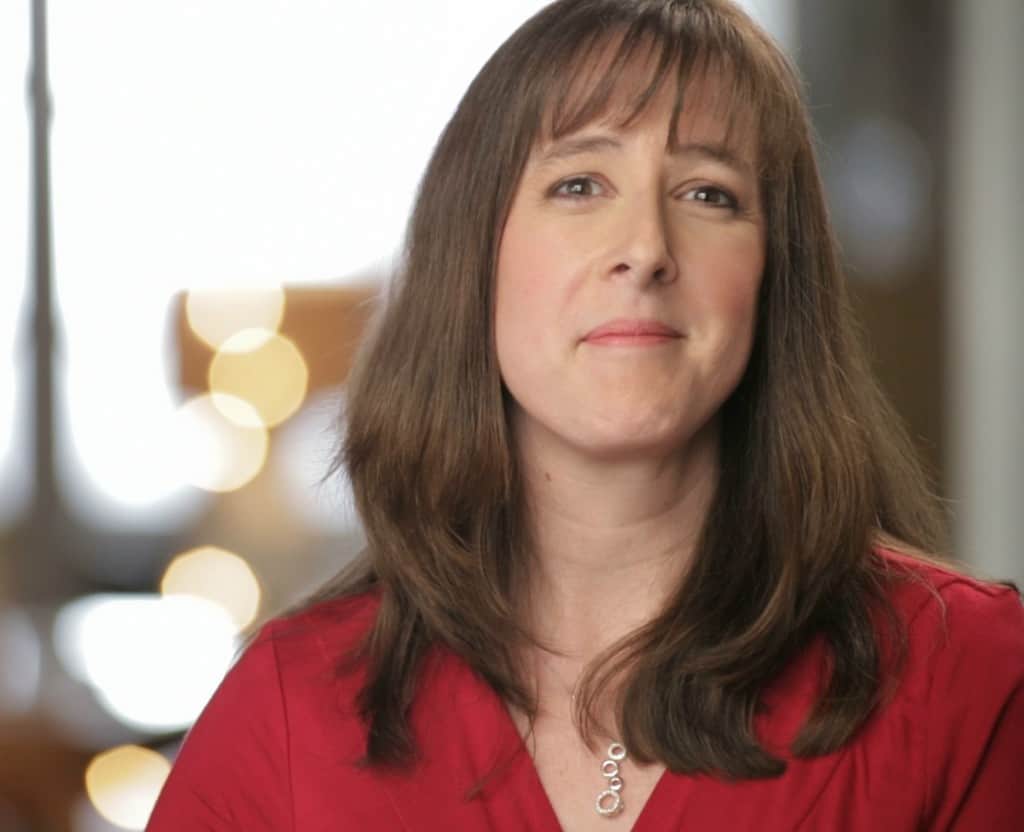
Diane is a professional blogger and nationally certified pharmacy technician at Good Pill Pharmacy. She has two college aged kids, one husband and more pets than she will admit to. She earned her BS in Microbiology at the University of New Hampshire but left her career in science to become a stay at home mom. Years of playing with LEGO and coloring with crayons had her craving a more grown up purpose to her life and she began blogging and freelance writing full time. You can learn more about her HERE.


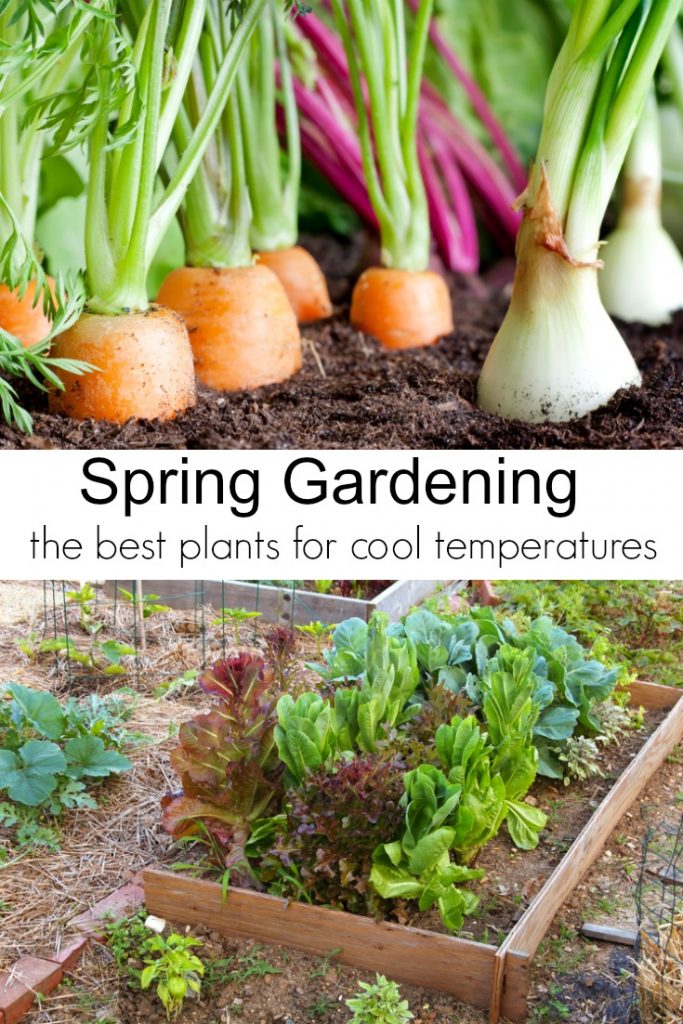
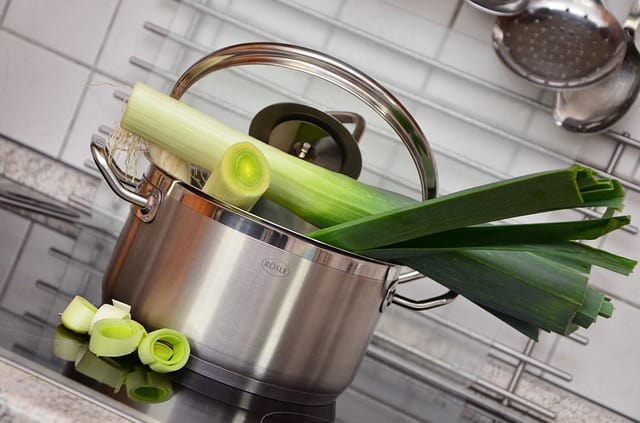





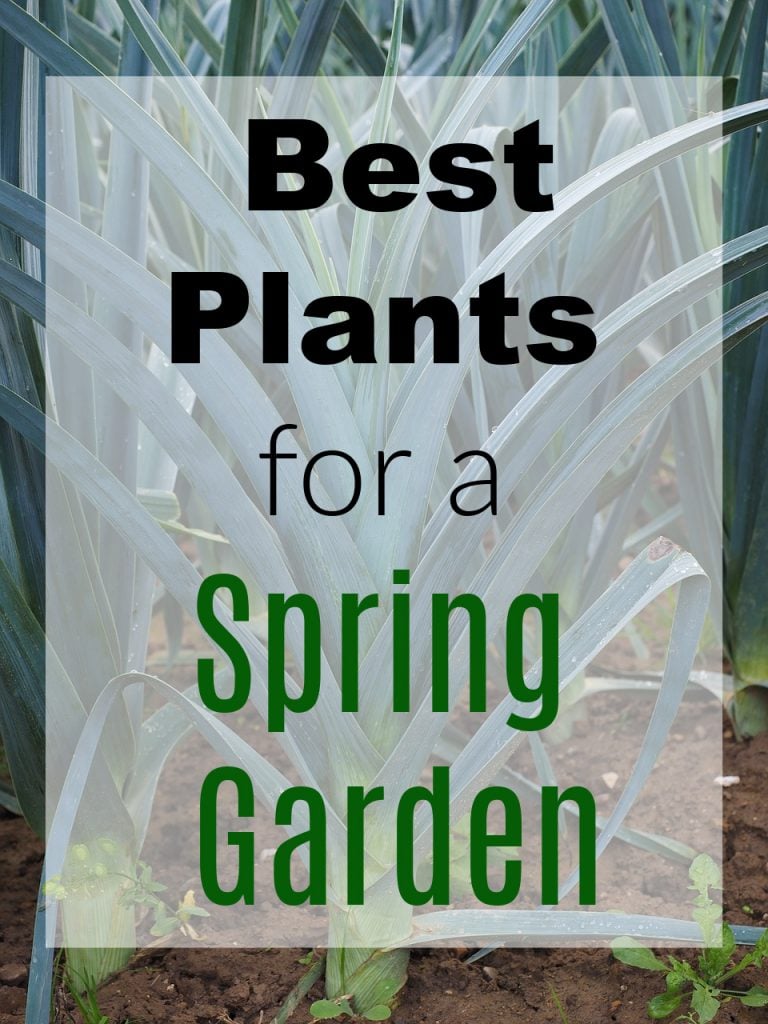



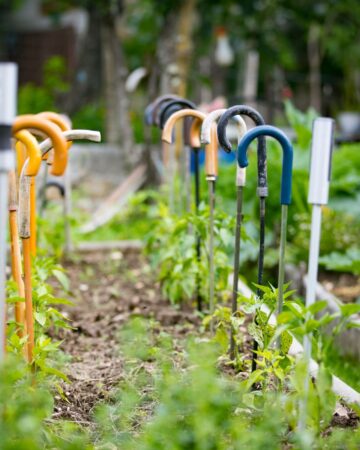

Leave a Reply